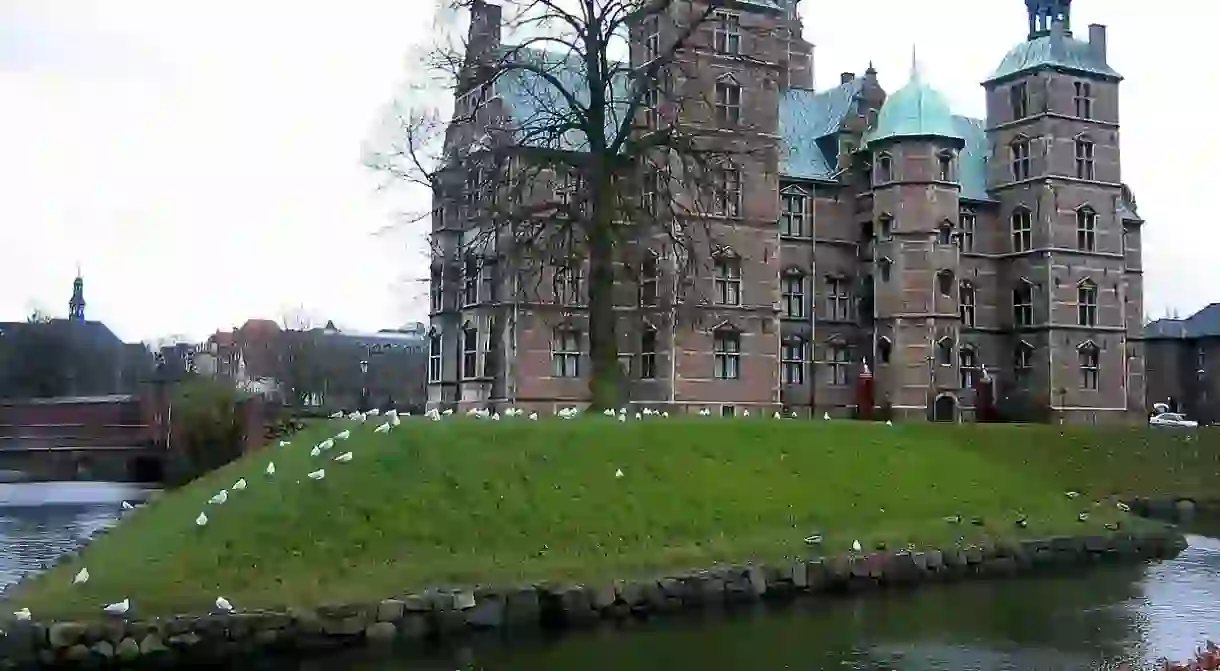A Brief History Of Rosenborg in Copenhagen

In between visiting the city’s magnificent museums and browsing through the finest art galleries, history buffs should definitely dedicate a day of their trip to a visit at the majestic Rosenborg Castle: the city’s crown jewel that tells an epic tale of 400 years of Scandinavian greatness. Scroll down to find out all you need to know before getting there.
Many of the architectural masterpieces that nowadays embellish the beautiful capital of Denmark are owed to Christian IV, Denmark-Norway’s king from 1588 to 1648. One of his most renowned achievements that is now considered one of the city’s main tourist attractions, and a must-visit for every culture enthusiast, is Rosenborg Castle which is located in the heart of the city center.

The Castle’s History and Architecture
The architects Bertel Lange and Hans van Steenwinckel are the architects behind the design of the Dutch Renaissance castle but it is said that the king himself provided many ideas as he had a great knowledge of architecture. Rosenborg was built in 1606 as a country summerhouse but it went over various expansions until 1633 when it finally transformed into the stunning palace we see today. Every year thousands of visitors visit Rosenborg castle to get a glimpse of the favorite residence of Christian IV. It wasn’t until the early 18th century that the palace seized being used as a royal residence and turned into the home of the royal collections. That happened due to Frederik IV’s decision to live in a more modern-for-the-time summer residence, just like his great-grandfather Christian IV had decided to do almost a century before the scheme of Rosenborg Palace came into life.

The four phases of Rosenborg
The palace went through four phases. During the first phase which is dated from 1605 to 1606 Rosenborg was a two-story building with a spire-topped stair turret facing the city and a bay opposite, facing east. From 1613 to 1615 another bay was added to the building that was now extended to twice its original size, reaching the length that it has today. For the following nine years (1616-1624) the large tower on the west side was built, a new floor was added and the bays became the current spire-topped turrets. Finally, in 1633 the restless king decided to rebuild the stair that led to the turrets up to the 1st floor. His son’s wedding would take place in the next year, so the palace had to have a majestic entrance, equally stunning to the rest of the palace.














